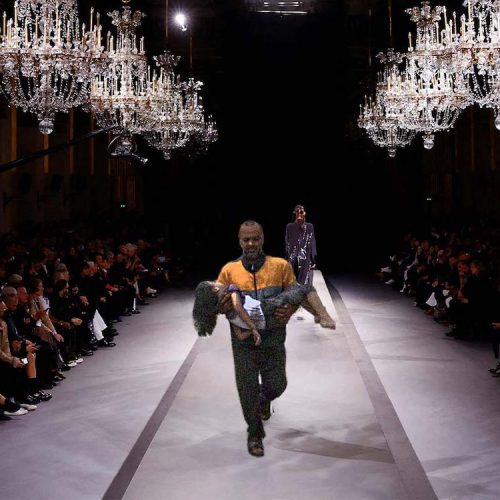Born in 1935, in Bamako, Malick Sidibé started shooting in his early 20s and opened Studio Malick in the heart of the capital in 1962.
As involved in the social and cultural life of post-independence Bamako, Sidibé became an emblematic figure appreciated by the youth.

In the 1960’s, he became the country’s most popular photographer – shooting young Malians dressed in Western clothing at local parties, Sidibé soon discovered underground parties where European and Cuban music was rife.

In a new exhibition at Fondation Cartier entitled Mali Twist, a large part of the exhibition is dedicated to those Bamakese nights, which made Malick Sidibé (aka the eye of Bakamo) the country’s most prominent ‘youth reporter’.
In these photographs, couples hold each other close and dance to the rabid rhythms of rock n’ roll and afro-Cuban music. His picture Christmas Eve, taken in 1963, was selected by Time Magazine as one of the 100 most influential photos in history.

Numerous prints of the portraits Sidibé shot in his modest studio during the 1960’s and 1970’s are displayed, and culminate in to the biggest collection and exhibition of Sidibé’s work.

Demonstrating the diversity of Bamako’s society, Sidibé immortalised the hope of the city, all from the comfort of his studio. Fashionistas, children dressed for carnivals, elegant women, classy teenagers – Sidibé captured something spectacular from every subject he chose to shoot, chiefly because he knew exactly how to interact with them.

In 1995, Fondation Cartier was responsible for the first exhibition of Sidibé’s work outside of Africa. In 2003, he was the first African photographer to win the Hasselblad Prize, and in 2007, he received the Golden Lion for Lifetime Achievement Award by the Board of La Biennale di Venezia.

Through various immersive installations, the audience is invited to submerge themselves in the high-energy of Bamako nightlife – guided by a thumping, bespoke soundtrack created for the exhibition.









